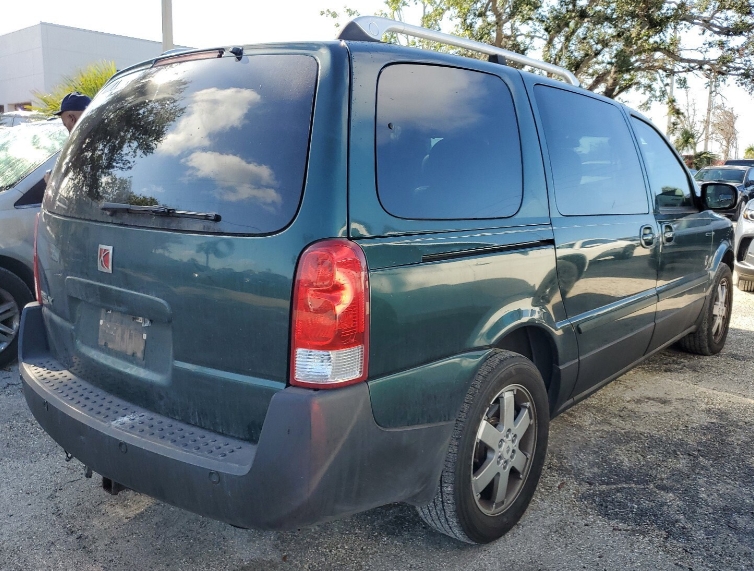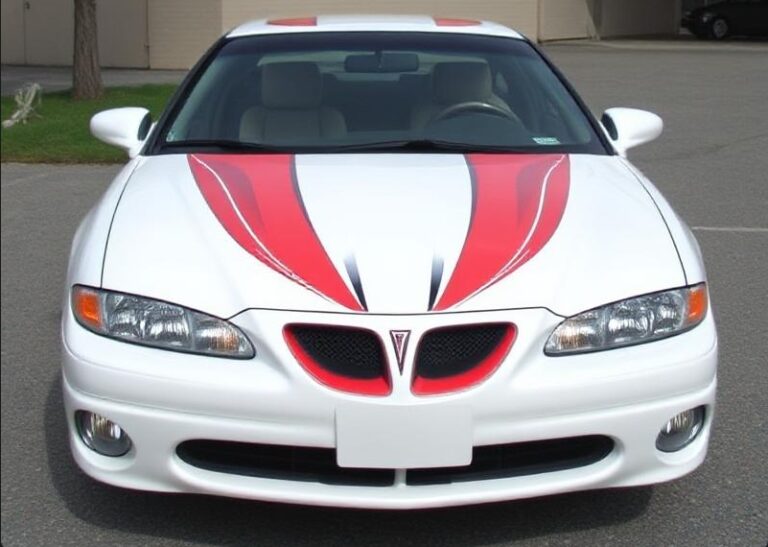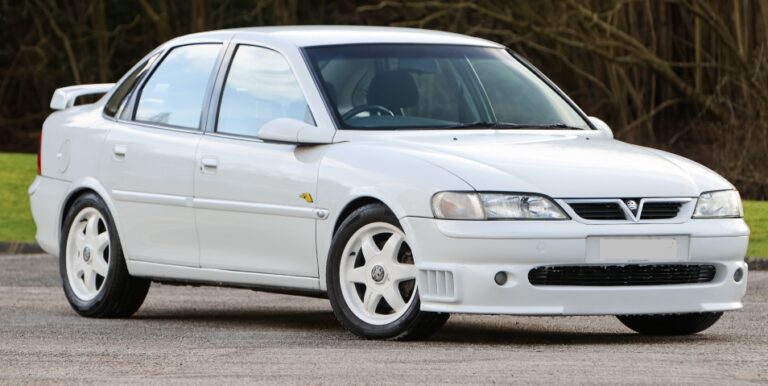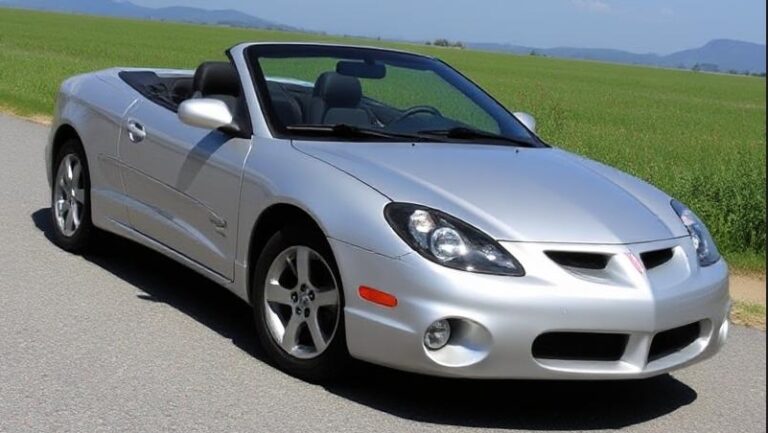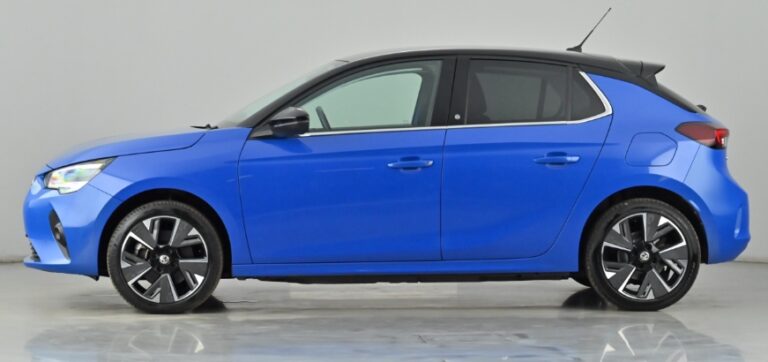The Evolution of the Saturn Relay: A Comprehensive Overview
The Saturn Relay, produced between 2005 and 2007, stands as a significant entry in the minivan market, representing both the aspirations and challenges faced by General Motors (GM) during this era. As part of the Saturn brand—a division created by GM with the mission of offering a different kind of automotive experience—the Relay was a culmination of innovation, practicality, and a departure from traditional offerings by the company. This article delves into the evolution of the Saturn Relay, examining its production years, trim levels, and the broader context in which it was developed.
Background of Saturn
Before we dive into the specifics of the Relay, it’s important to understand the context of the Saturn brand. Founded in the late 1980s, Saturn aimed to compete in the compact car segment with a focus on customer satisfaction, innovative manufacturing techniques, and a unique sales strategy. However, by the early 2000s, GM was reevaluating its brand structure, leading to the development of several new models to boost sales and market appeal.
Introduction to Saturn Relay
The Relay was introduced in 2005 as the first and only minivan from the Saturn brand. Designed on the GM U-Body platform, the Relay shared its underpinnings with several other GM minivans, including the Chevrolet Venture, Pontiac Montana, and Buick Terraza. The timing of its launch coincided with increased demand for family-oriented vehicles that could efficiently accommodate larger groups and cargo.
Production Years
The Saturn Relay was produced from 2005 until 2007, creating a succinct three-model-year span that marked the entirety of its lifecycle. During these years, GM was striving to regain its footing in the highly competitive minivan segment, dominated by established players like Honda and Toyota.
Trims and Models Offered
Throughout its production run, the Saturn Relay was available in three distinct trim levels, each designed to cater to different market segments:
- Relay 1 (2005-2007)
- Launch Year: 2005
- Starting Features: The base trim, Relay 1, came equipped with essential features such as air conditioning, power windows and locks, a CD player, and a 3.5-liter V6 engine producing 200 horsepower. The focus was on functional family-oriented transportation with a no-frills approach.
- Relay 2 (2005-2007)
- Launch Year: 2005
- Added Features: The Relay 2 introduced more comfort and convenience features, including upgraded audio systems, a rear air conditioning system, steering wheel audio controls, and additional interior storage options. This trim level aimed to enhance family comfort and passenger enjoyment, appealing to buyers looking for more niceties in their minivan experience.
- Relay 3 (2005-2007)
- Launch Year: 2005
- Top-tier Features: The top-tier Relay 3 offered even higher-end features, such as leather seating, dual power sliding doors, a rear entertainment system, and more advanced safety features like side curtain airbags and an ABS system. This trim was aimed at those willing to invest more for luxury and convenience, positioning the Relay as a more upscale minivan option in the market.
Design and Performance
The Saturn Relay was characterized by its straightforward design, emphasizing practicality over flashy aesthetics. Its shape was typical of minivans at the time, featuring a boxy exterior that maximized interior space. The interior was configurable, with seating for up to seven passengers, more than sufficient storage options, and a flexible seat arrangement for transporting cargo.
The Relay was powered by a 3.5-liter V6 engine paired with a four-speed automatic transmission. Front-wheel drive was standard, while all-wheel-drive options were available, particularly important for customers living in regions with harsh weather conditions. The combination of decent engine performance and efficiency made it an appealing choice for families.
Innovations and Features
One of the standout features of the Saturn Relay was its focus on safety and technology. Standard features included stability and traction control, which were becoming increasingly essential in family vehicles. In terms of technological offerings, the Relay was equipped with OnStar—GM’s integrated communication and emergency assistance system—a selling point for many buyers concerned with safety and connectivity.
In 2006, the Relay received minor updates including choice of a new paint color and some refinements to interior materials, though it remained largely consistent with its predecessor, aiming to hold its position in the market as a reliable family hauler.
.
MANY auto lovers not only spend time in their garages to tinker on their autos, but have other projects going on in there as well. Wood working is a popular pastime for the creative type of individual. Not sure what to make next? Or thinking about getting into this kind of hobby? There’s lots of possibilities… Here’s some of them…

.
Market Challenges and Discontinuation
Despite its innovations and appealing features, the Saturn Relay faced several challenges that ultimately contributed to its discontinuation in 2007. Competition in the minivan segment was steep, with well-established models from Honda (the Odyssey) and Toyota (the Sienna) dominating in terms of sales and reputation for reliability. The Relay also struggled with brand recognition and the general perception of the Saturn name during its final years, as GM’s shift in strategy started to impact the brand’s market position.
Ultimately, the Relay was discontinued due to declining sales and a reevaluation of GM’s strategy in the face of changing consumer preferences. By 2007, minivans as a segment were increasingly overshadowed by the rise of crossover SUVs, which offered similar functionality with a more appealing design in the eyes of many consumers.
Conclusion
The Saturn Relay’s three-year production run from 2005 to 2007 serves as a chapter in an evolving automotive narrative—a tale of ambition, innovation, and adaptation. It reflected both the strengths and the weaknesses of the Saturn brand during a critical time in automotive history. While the Relay itself may not have achieved long-term success or legacy, it was an integral part of the minivan evolution and stood out for its emphasis on family-oriented features, safety technology, and the operational ethos of Saturn. As the automotive landscape continues to shift, it serves as a reminder of the fluid nature of consumer preferences and the ever-changing dynamics of the automotive market.
